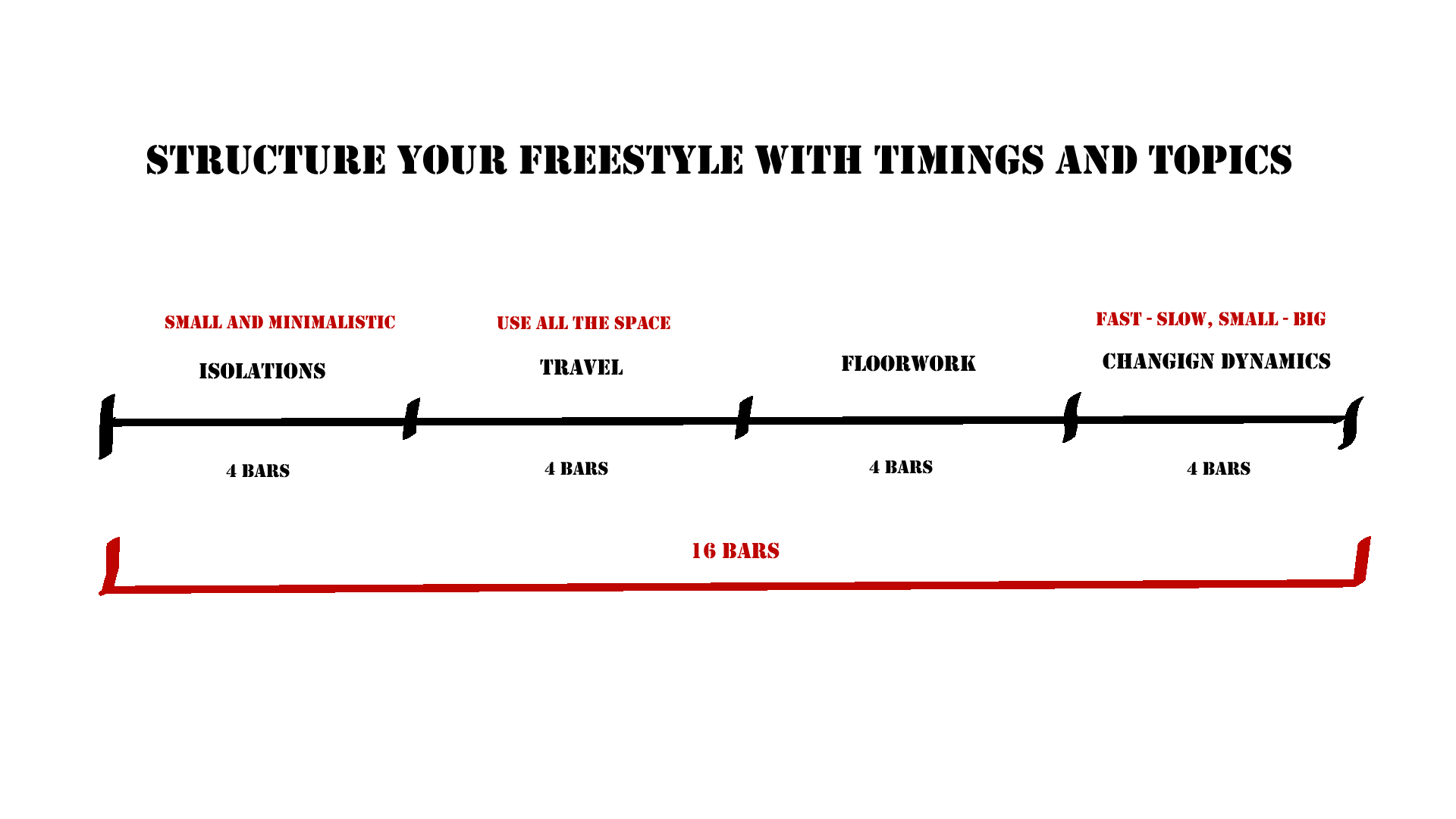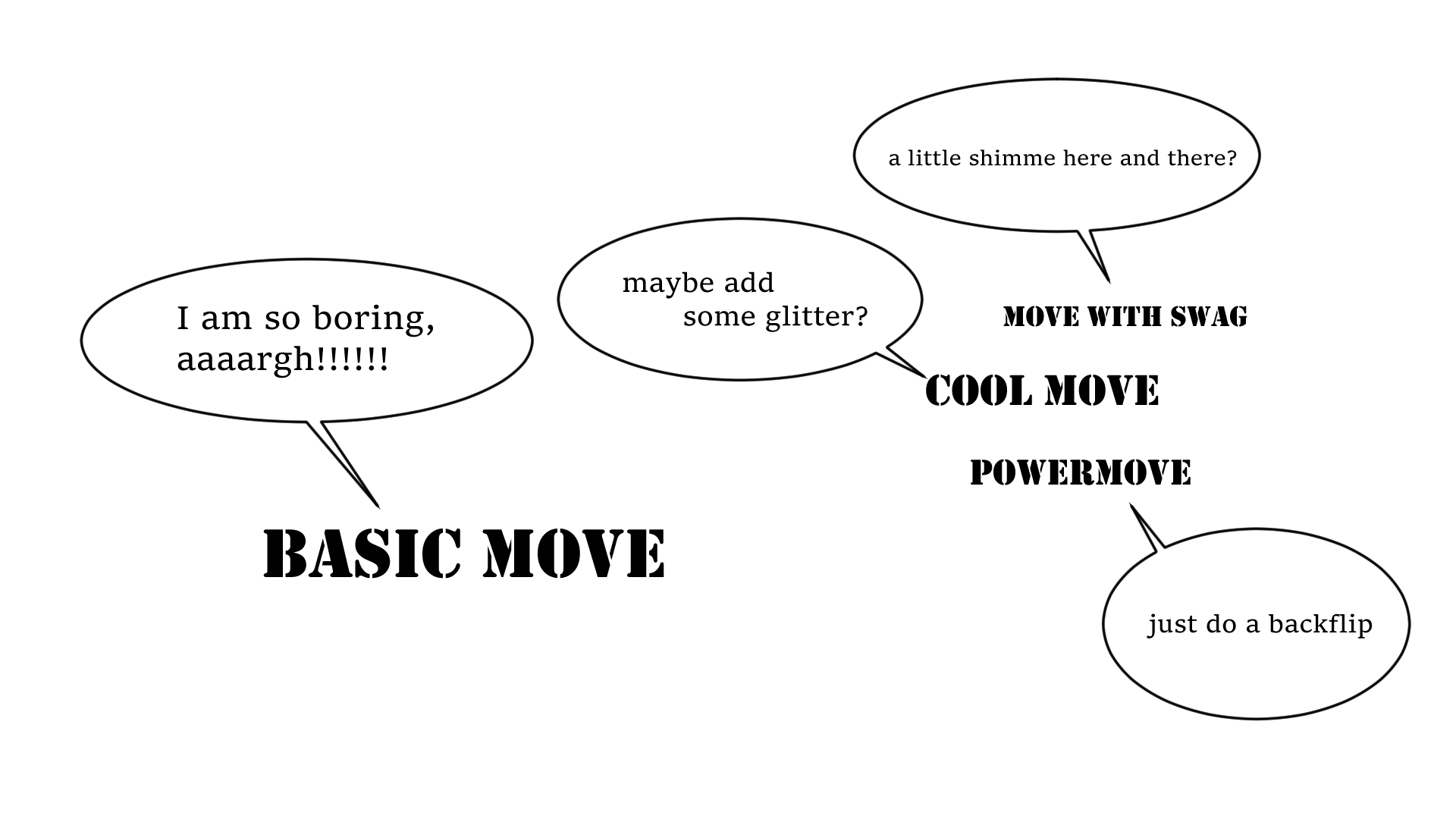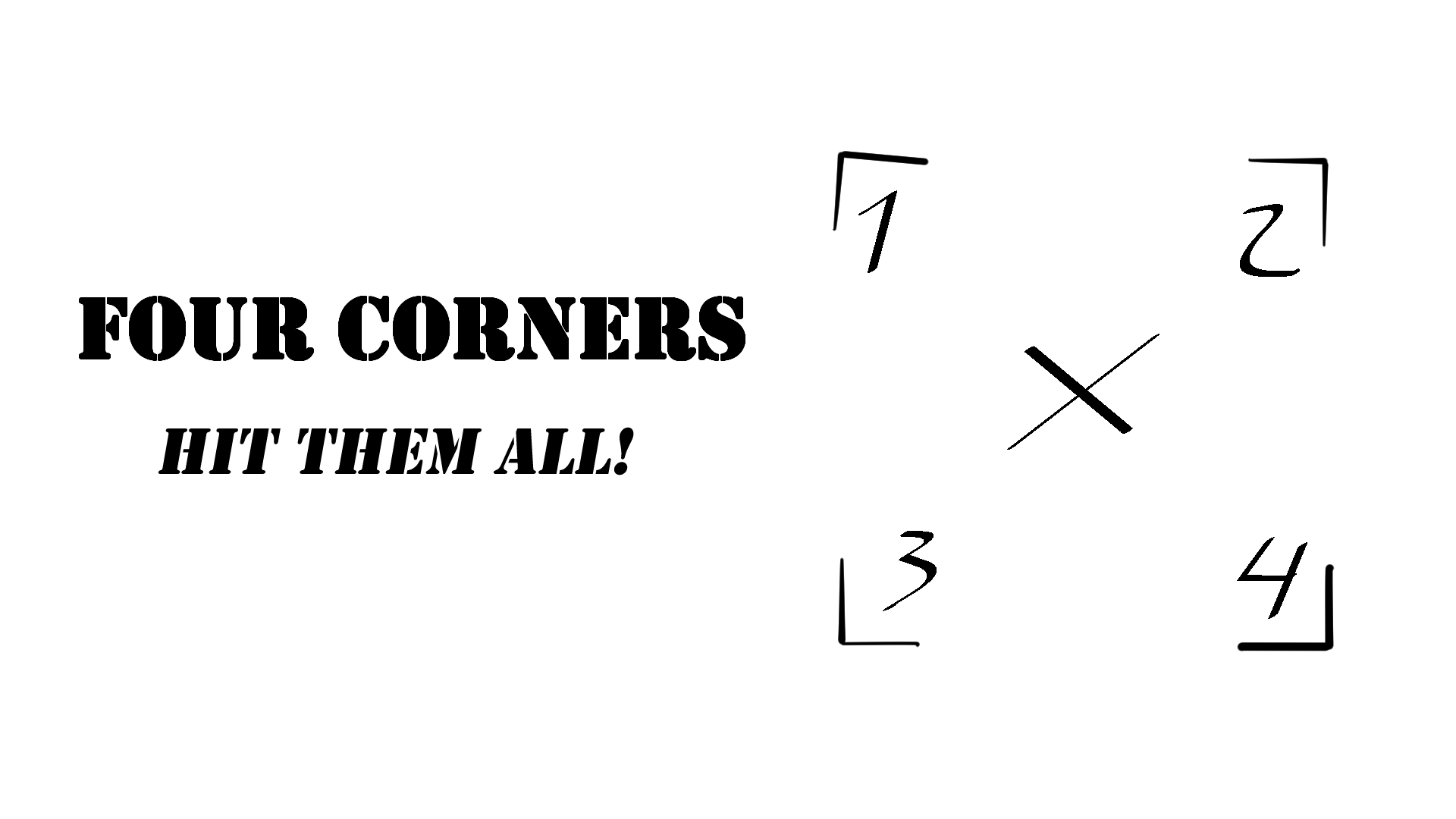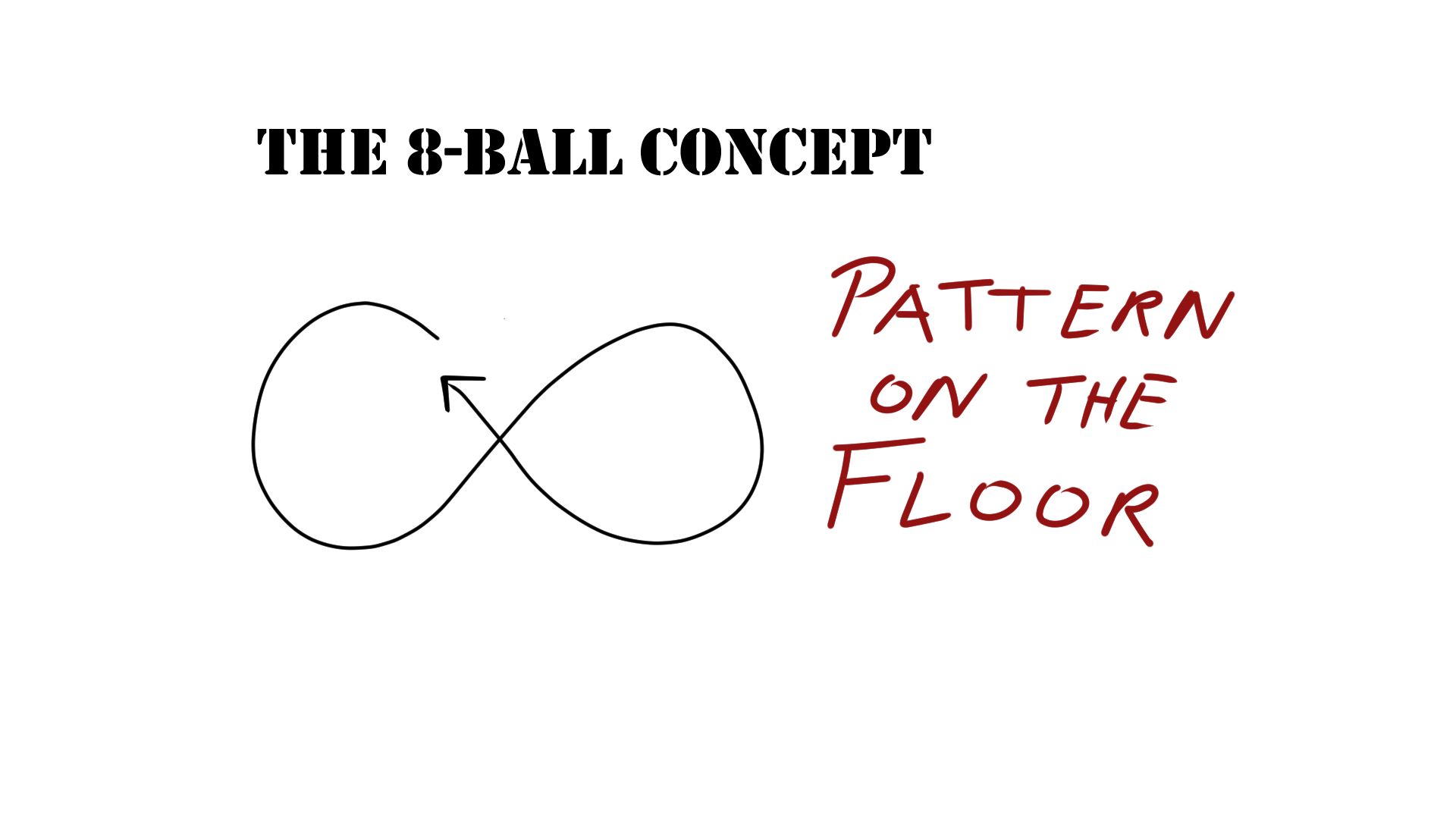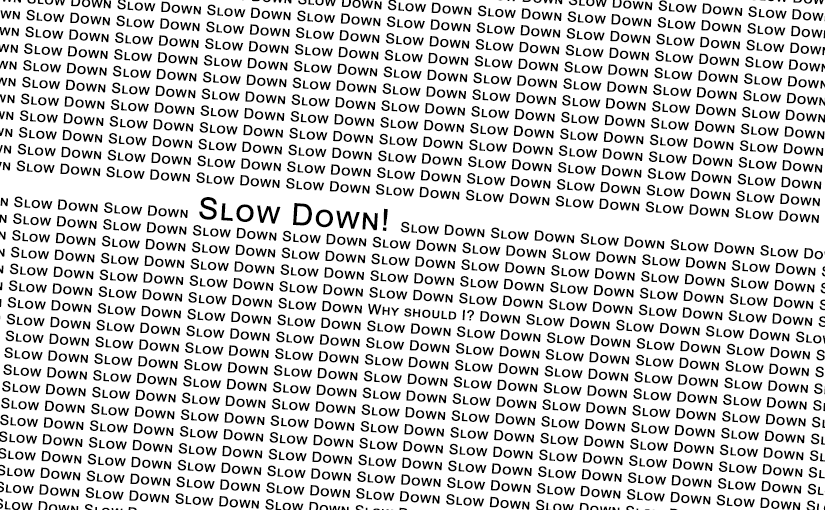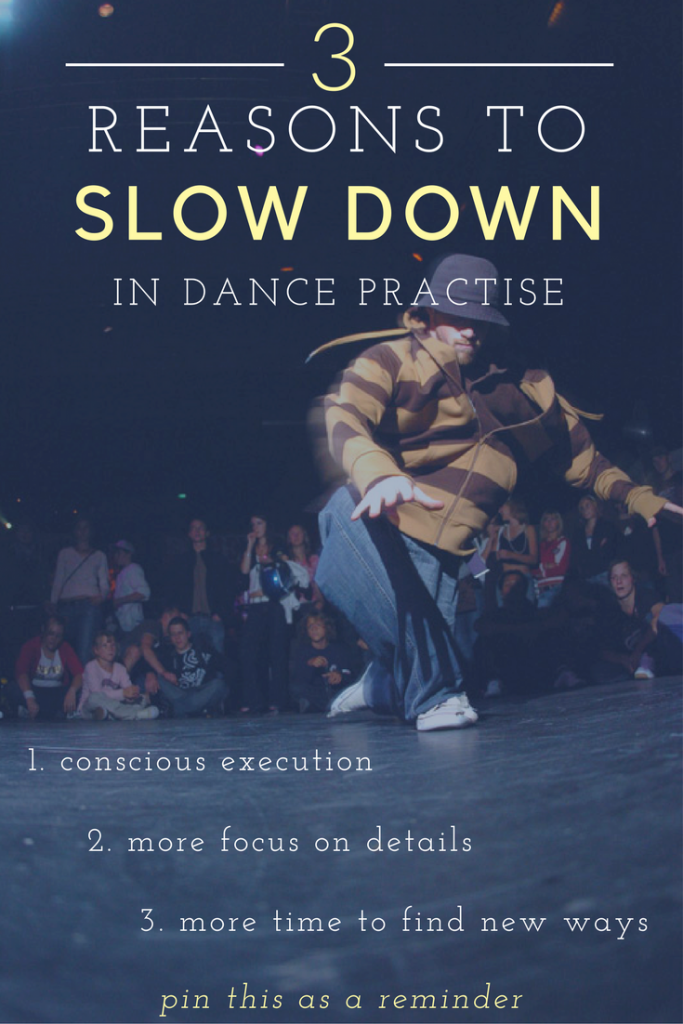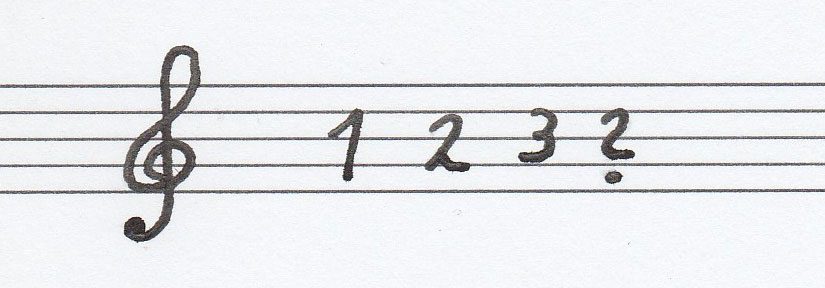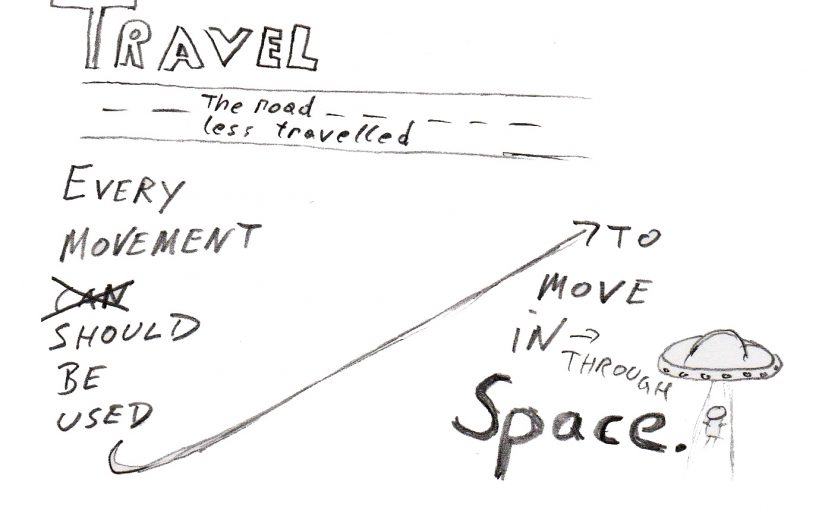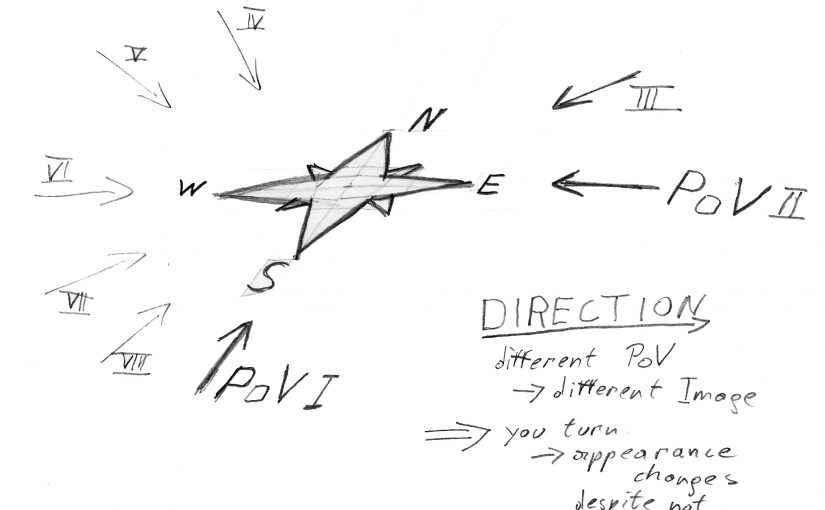Creating a structure for your freestyle before starting takes a lot of pressure away in the actual thinking process during the dance. Some people will argue that it is not freestyle anymore when you structure it beforehand. We choose to ignore these naysayers for today as we still don’t choreograph the round ahead of time.
What we do is we decide ahead of time for how long we will dance. Then we split the time into parts of the same length and give every piece a simple topic.
For example, we dance for 16 bars (meaning 8 8-counts) and keep every topic for 4 bars (2 8-counts). Now we choose the topics “work with isolations”, “travel through the whole space”, “use some floor work” and “incorporate some pops for accents”.
Choose the lengths of the whole freestyle and the time of your parts as you wish. Make the topics as easy or complex as you want. If you want to, you can only create a series of topics and change when you feel like changing. It is your dance, and the concept should help you create it.
If this comes easy for you, I recommend you choose the length of your themes considering the song structure of the music you work with. So your changes are aligned with the changes in the music.

